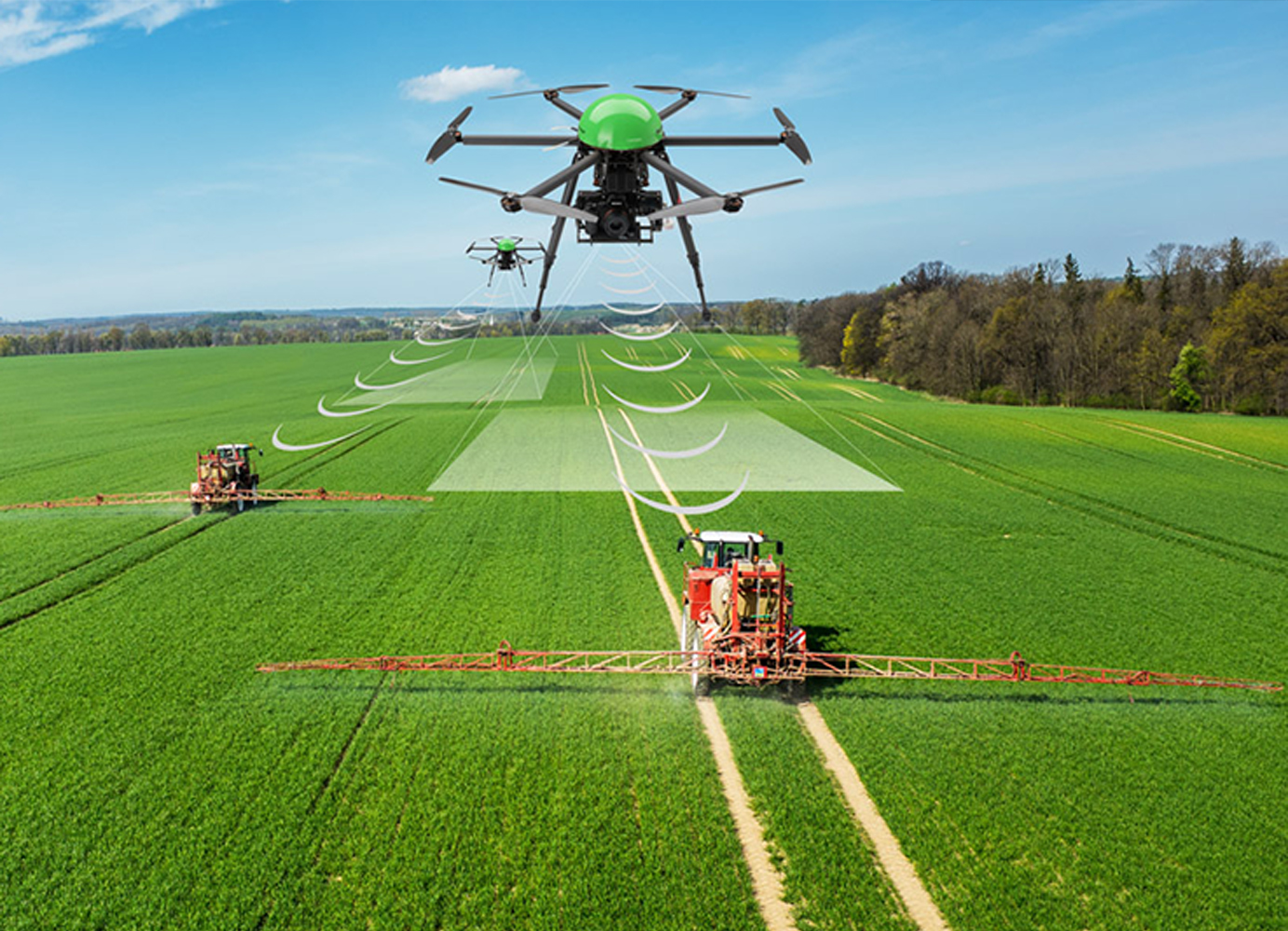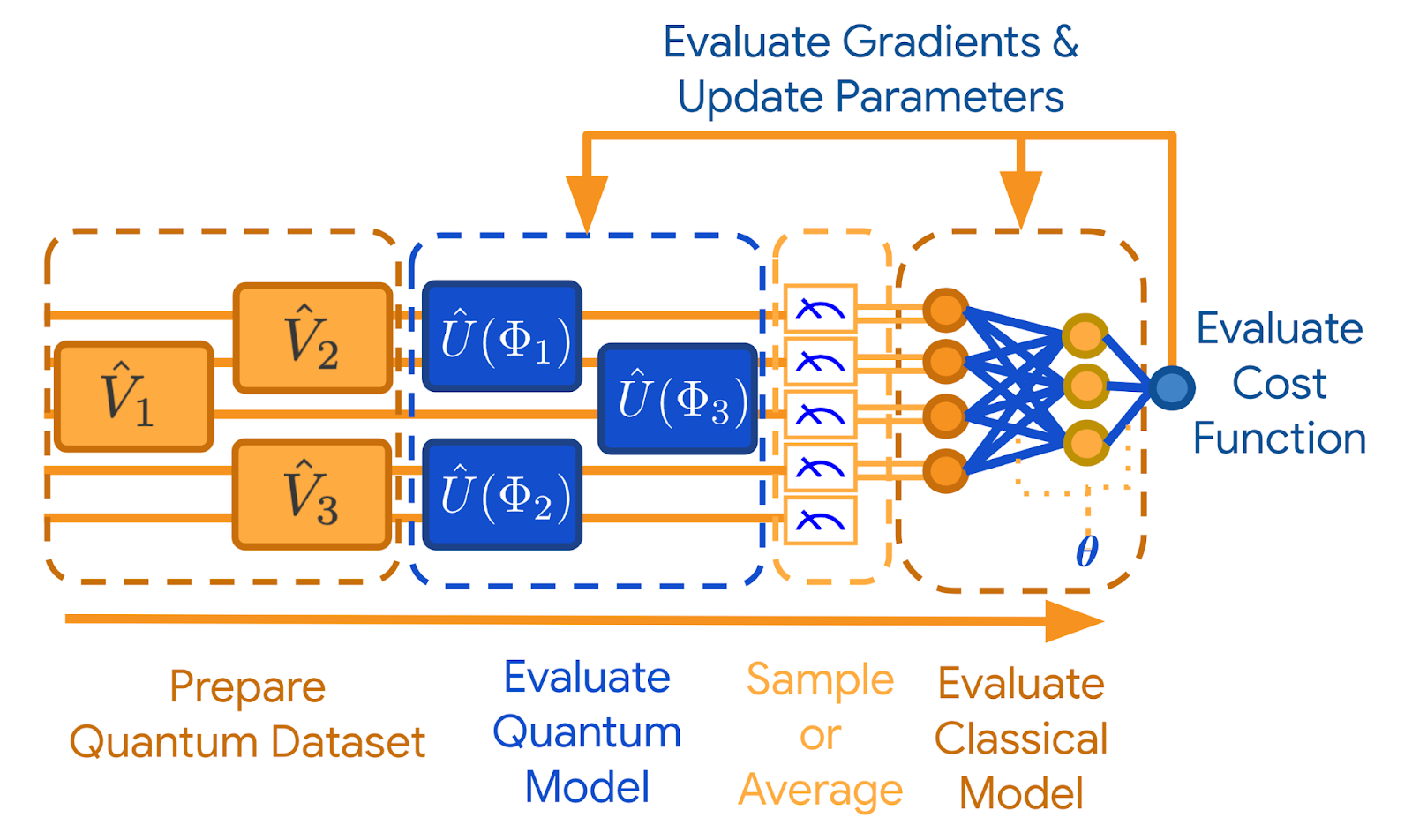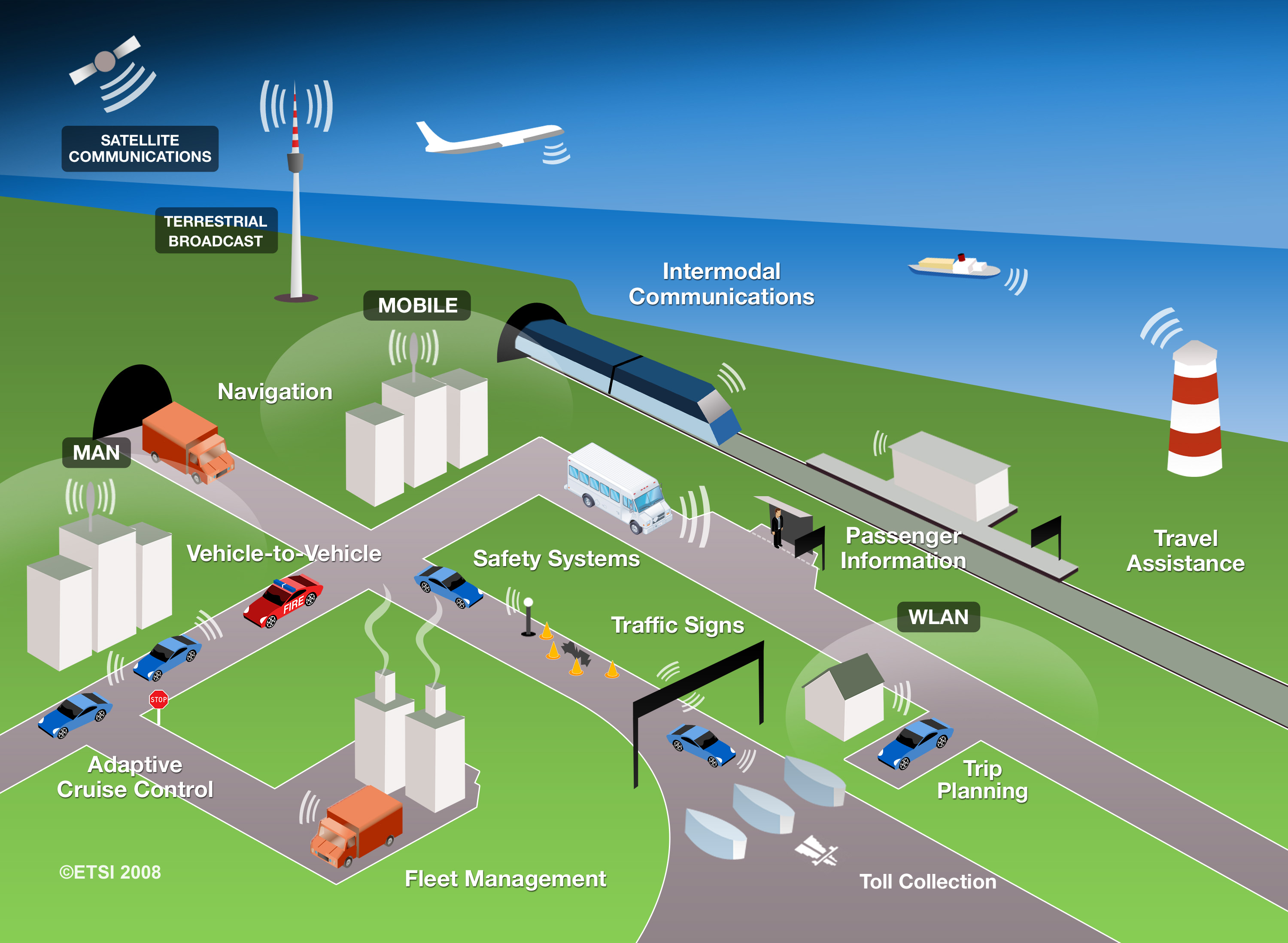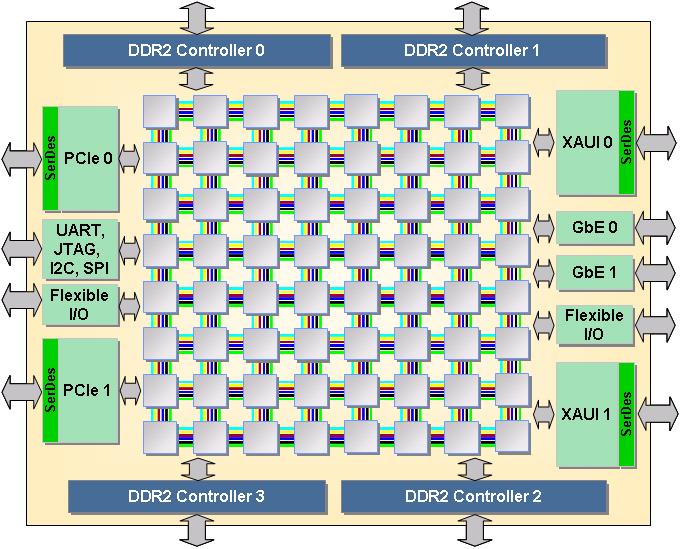Research Overview
My research targets embedded and cyber-physical systems, secure and trustworthy systems, computer architecture, parallel computing, intelligent systems, AI, computer vision, edge computing, quantum computing, quantum machine learning, and fault tolerance. In the following, I provide an overview of my recent research endeavors.
Cognitive Architectures and Deep Learning Accelerators
My research here targets design of cognitive architectures that can enable embedded devices to learn, think, and understand both physical and social worlds by themselves. My research also focuses on hardware/software co-design and acceleration of cost-efficient deep learning architectures.
- Selected Publications
Artificial Intelligence and Computer Vision
My research here targets applications of Artificial Intelligence (AI) and computer vision at the edge. My research also focuses on applications of AI and computer vision for healthcare, military and Air Force applications.
- Selected Publications
Artificial Intelligence Safety and Security
The high rate of advances in machine learning and Artificial Intelligence (AI) techniques testify to the imminence of their widespread adoption in mission-critical systems. Already, many systems such as Unmanned Aerial Vehicles (UAVs), Intrusion Detection Systems (IDSs), and adaptive tactical radios employ some level of AI for automation and inference. This is while many more systems are expected to join this list in near future, such as industrial control systems, intelligent transportation systems including autonomous ground vehicles, smart cities, and power grids. This burgeoning integration of AI with strategic and tactical systems necessitates an in-depth, comprehensive, and practical investigation of resulting security challenges and threats. Furthermore, AI-enabled automation provides enhanced opportunities to thwart many traditional defensive techniques by leveraging approaches such as traffic analysis of covert communications, vulnerability discovery, and reverse engineering. Hence, investigation of defensive techniques against AI-enabled adversarial attacks is also of paramount importance. My research here aspires to develop comprehensive models, metrics, frameworks, and tools for analysis, implementation, and mitigation of adversarial attacks on AI systems. The AI Safety Reserach Initiative Blog provides more information and discussion about my recent endeavors related to AI safety and security reserach.
- Selected Publications
Secure and Trustworthy Systems
As electronic and computing systems are increasingly permeating into a multitude of safety- and privacy- critical systems, such as intelligent transportation systems, smart grids, smart buildings and homes, smart Command, Control, Communications, Computers, Intelligence, Surveillance and Reconnaissance (C4ISR) and combat systems, integration of security in these systems is of paramount signficance. Recent research has demonstrated the vulnerability of these smart systems to a variety of attacks. My research agenda here is the design of secure and trustworthy intelligent systems, embedded systems, and cyber-physical systems by leveraging advances in computer architectures, hardware design, and machine learning.
- Selected Publications
Hardware-based Security
Although traditional cryptographic protocols can be used to integrate security primitives in computing systems, traditional cryptography presents limitations regarding secure storage of secret keys and reliable identification of devices. A variety of attacks for extracting, estimating, or cloning secret keys that are stored digitally in a nonvolatile memory have been developed and reported over the past several years. Security issues for computing systems are exacerbated by the potential usage of counterfeit electronic components (i.e., an illegal forgery or imitation of an original design). My research agenda here is the hardware implementation of cryptographic protocols for performance and energy-efficiency, and to incorporate hardware-based security primitives (e.g., physically unclonable functions (PUFs), design and netlist obfuscation, hardware description language wrappers) in the design to create secure systems that are resistant to a variety of attacks, such as side-channel attacks, fault-injection attacks, and reverse engineering and modeling attacks.
- Selected Publications
Digital and Precision Agriculture
Global crop production will need to be doubled by 2050 to meet the demand resulting from population growth, diet shifts, and biofuel consumption. This increase cannot be achieved by unconstrained agricultural expansion, which will cause significant environmental and societal impact. Instead, traditional agriculture must quickly evolve into "smart agriculture" through revolutionary technology advancements. My research in agriculture aims at developing advanced edge cyber-physical systems (CPS) frameworks and novel technologies for smart agriculture to help ensure sustainable food supply for future generations. My research program plans to integrate multi-layer sensing and real-time analytics of a plant-soil system to help solve the complex biological puzzle of linking the effect and interaction of important crop inputs, such as water and nitrogen, affecting crop yield. Additionally, my research focuses on the use of computer vision and deep learning techniques in digital and precision agriculture, in particular, obtaining insights related to biotic and abiotic stresses from red, green, and blue (RGB), multispectral, and hyperspectral images of crops. My research also targets developing spatial AI-based navigation and collision avoidance algorithms for precision agriculture that help enable agricultural robots perceive their surroundings and maneuver in the field precisely avoiding collisions with crops.

- Selected Publications
Fog/Edge Computing
Fog/edge computing is a novel trend in computing that aims to process data near data source. The fog computing pushes applications, services, data, and computing power away from the centralized nodes to the logical extremes of a network. The fog/edge computing significantly decreases the data volume that must be moved between end devices and cloud. The fog/edge computing reduces the latency of data transmission from IoT devices to the offloaded server because of the proximity of fog to the IoT devices. The fog/edge computing enables data analytics and knowledge generation to occur at the data source. Although fog computing alleviates some of the issues facing the realization of future IoT applications, the fog nodes (e.g., edge servers, routers, base stations) may not be able to meet performance, throughput, energy, and latency constraints of future IoT applications unless the fog computing architecture is adapted to meet these application requirements. This adaptation is needed at both the system-level and node-level for fog computing. My research here targets design of a reconfigurable fog node architecture, and developing fog-assisted architectures for smart cities, smart farming, and hospitality industry.
- Selected Publications
Quantum Computing and Quantum Machine Learning
My research in quantum computing and quantum machine learning aims at developing hybrid quantum-classical machine learning circuits and algorithms to improve scalability, training time, and model accuracy and to solve challenging problems more efficiently than are possible with classical computing and machine learning with an ultimate goal of achieving quantum supremacy.

- Selected Publications
Cyber-Transportation Systems
Transportation systems are an integral part of contemporary human living. Cyber-Transportation Systems (CTS) integrate a multitude of embedded hard real-time control functionalities and advanced information and entertainment (infotainment) features. The true paradigm shift for future CTS is not only a result of this increasing plurality of subsystems and functions, but is also driven by the unprecedented levels of intra- and inter-ITS connections and communications as well as networking with external entities. My current ITS research focus on automotive embedded systems. Modern cars consist of more than 100 Electronic Control Units (ECUs) to implement various distributed control applications. The next generation of automotives (also known as cybercars) will further escalate the proliferation of ECUs to enable new and exciting control and infotainment applications. My research agenda, here, is to develop novel ECU architectures and approaches for the design of secure and dependable cybercars.

- Selected Publications
Internet of Things (IoT)
IoT is a network of physical things, objects or devices, such as Radio-Frequency Identification (RFID) tags, sensors, actuators, mobile phones, tablets, and laptops. Objects in IoT are uniquely identifiable through an addressing scheme, and interact and cooperate with neighboring things to reach common goals. IoT enables objects to be sensed and controlled remotely across existing network infrastructure, including Internet, thereby creating opportunities for more direct integration of the physical world into the cyber world. IoT becomes an instance of Cyber-Physical Systems (CPS) with the incorporation of sensors and actuators in IoT devices. Objects in IoT can be grouped into geographical or logical clusters. Various IoT clusters generate a huge amount of data from diverse locations, which engenders the need to index, store, and process this data more efficiently. Offloading computation and storage from IoT devices to cloud is an increasing practice as many IoT devices are resource constrained, and are unable to meet the escalating computation and storage requirements of various applications in situ.
Although cloud computing paradigm is able to handle the huge amount of data from IoT clusters, however, the transfer of this enormous data to cloud computers presents a challenge due to limited bandwidth. Furthermore, many IoT and CPS applications are real-time and offloading all of these applications' compute-intensive tasks to the cloud is not feasible because of real-time constraints. Consequently, there is a need to process data near data source and the edge computing provides a solution to this problem. My research here focuses on developing novel IoT architectures and lightweight optimization methodologies to better meet diverse and varying application requirements, and developing data movement strategies between IoT devices, edge server, and the cloud data center that consider performance, energy, and real-time constraints of IoT applications.
- Selected Publications
Parallel and Reconfigurable Architectures
Technological advancements in silicon industry, as predicted by Moore's law, have enabled integration of billions of transistors on-chip. To exploit this high transistor density, computing systems, including embedded systems, are undergoing a paradigm shift from serial systems (single-core) to parallel systems (multicore). This paradigm shift has led to the emergence of diverse parallel multicore architectures in a plethora of application domains. Innovative multicore architectures have emerged to meet the performance requirements of various compute-intensive applications. Due to the increasing proliferation of computing systems in diverse application domains, the need for application-specific design of parallel processing platforms is paramount. Although application-specific integrated circuits (ASICs) offer tremendous improvments in performance and power, cost of ASICs can be prohibitive especially for niche markets. Consequently, reconfigurable architectures provide a feasible alternative to ASICs for a plethora of application domains. In order to tailor reconfigurable architectures for application-specific requirements, a multitude of computing parameters (e.g., processor cores, operating frequency, cache sizes) and communication parameters (e.g., transmission power, antenna gain, modulation) need to be tuned accordingly. My research agenda, here, is the HW/SW co-design and optimization of performance per watt for parallel architectures, and to develop novel design and optimization methodologies to tune various reconfigurable architectural parameters for different application domains.

- Selected Publications
Information Technology in Business and Hospitality Industry
Information systems are an integral part of business and hospitality industry today. The Information Technology (IT) helps streamline operations, reduce costs, improve efficiency, and maximize profit in various facets of business and hospitality industry. Meeting the customers' expectations is a key factor in various businesses, including the hospitality industry, to grasp the customers' loyalty. To achieve this goal, marketing professionals in this industry actively look for ways to utilize their data in the best possible manner and advance their data analytic solutions, such as identifying a unique market segmentation clustering and developing a recommendation system. Consequently, there is a need to develop computing architectures and approaches to collect and utilize this data in best possible manner. While utilizing data analytics to improve business profitablity and improve customer satisfaction is auspicious, there exist challenges to ensure security and privacy of this data. My research goal here is to design novel architectures and methodolgies (e.g., clustering and recommendation) to assist in information gathering, analytics, and decision-making geared towards improving customer experience, enhancing business insight, and increasing revenue while safeguarding security and privacy of customer and organizational data.
- Selected Publications